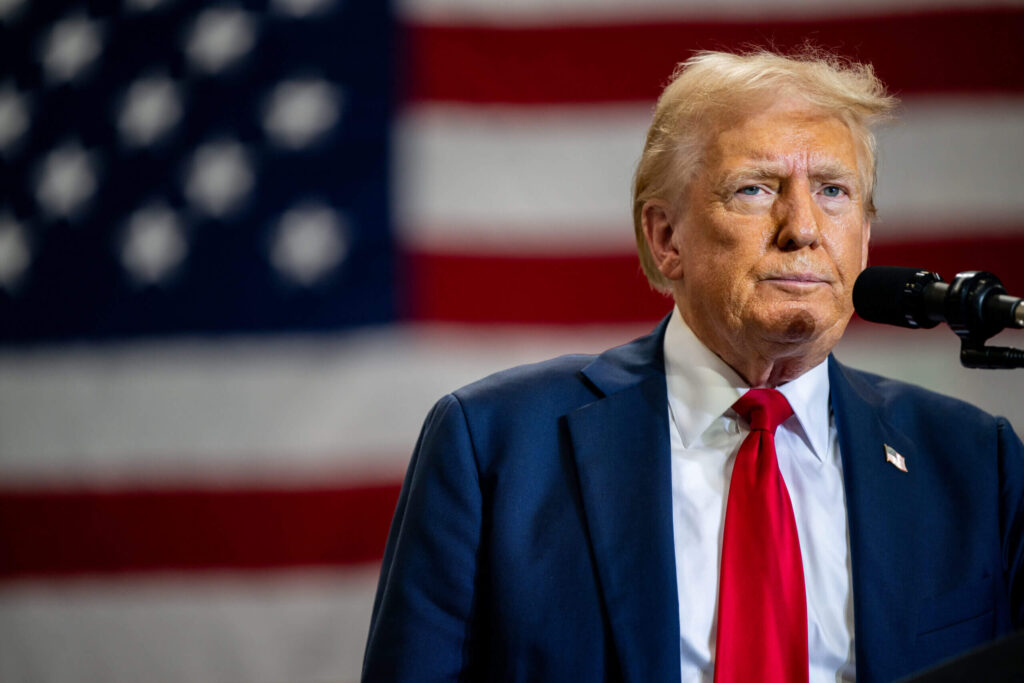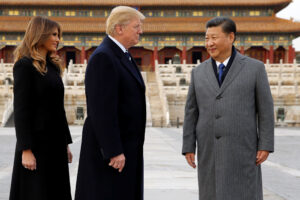Donald Trump has never been known for consistency on foreign policy. But lately, something’s shifted — and not in the direction most expected. Despite earlier posturing and backroom deals that appeared to favor Moscow, Trump is now pledging increased military support for Ukraine. The message? His patience with Vladimir Putin may be running out.
This isn’t a sudden hawkish pivot from a man who once bragged about ending foreign wars and cutting peace deals over golf course handshakes. It’s more like a reckoning — a creeping acknowledgment that Putin isn’t playing ball. Trump, who once dangled NATO neutrality and territorial concessions in front of the Russian leader, seems quietly stunned that his olive branches were torched rather than taken.
Back in February, Trump floated a deal that would’ve been unthinkable to most Western leaders: Ukraine stays out of NATO, the U.S. keeps its boots off the ground, and Russia keeps the land it’s taken. The subtext was clear — let’s wrap this up. But Putin didn’t budge. If anything, he doubled down, ramping up his air assault and pressing forward with a summer offensive that, though slow and costly, signaled Moscow’s intent to grind Ukraine into submission rather than negotiate.
That miscalculation may have fractured Trump’s rose-colored view of the Kremlin. According to insiders, he’s grown visibly frustrated — not just by Putin’s intransigence, but by the failure of his own back-channel diplomacy. Zelenskyy, once relegated to awkward Oval Office meetings and strained calls, is now apparently back in Trump’s good graces. A recent conversation between the two was described as the most productive to date, and it came right on the heels of a fruitless exchange with Putin.
It’s hard to pinpoint exactly what flipped the switch. Some observers point to a moment at the NATO summit where Trump was visibly moved by a Ukrainian journalist whose husband was fighting on the front lines. Whatever the catalyst, the former president is now publicly pushing back on the Defense Department’s recent hesitance to deliver military aid — especially air defense systems like Patriot missiles, which remain in short supply.
And here lies a deeper tension. The West — and especially the U.S. — is starting to face the limits of its own defense capacity. After three and a half years of war, even Europe’s largest stockpiles are looking thin. Countries like Germany and Poland are stepping up, but the industrial shortfall is glaring. It’s a wake-up call: modern warfare demands logistical stamina the West hasn’t had to muster since the Cold War.
Meanwhile, Ukraine continues to endure. Russian airstrikes are relentless, aimed not just at military targets but at morale itself. Still, Ukrainian resistance remains unbroken. As analyst John Lough noted, the country’s capacity to endure has been repeatedly underestimated — by Moscow and, at times, even by its allies.
Behind the scenes, Trump seems to be weighing whether he can afford to keep hedging. His instincts tell him Russia is hurting. Sanctions are biting deeper than Putin lets on. The economy is distorted, development stunted, and elite frustration mounting — especially as Russia’s dependency on China grows. Add to that a steady stream of bizarre and suspicious deaths within the Russian ruling class, and the picture gets even murkier.
Just this week, two high-ranking Russian figures died under what can only be described as ominous circumstances. The former transport minister, linked to corruption and failed regional defenses, was found dead after being fired. Days earlier, a top oil executive reportedly fell from a building. It’s part of a grim pattern of Russian elites dying in what officials insist are “accidents.” But few are convinced.
Even more striking: a gold tycoon, once a loyal Kremlin ally, was barred from leaving Russia and stripped of assets. His fall from grace raises the specter of internal score-settling within Putin’s fragmented power structure — a reminder that being in favor one day doesn’t mean safety the next.
For Trump, these signals may be coalescing into something undeniable. The old playbook — flatter Putin, avoid confrontation, engineer a quick exit — no longer applies. And though Trump is famously reluctant to escalate with Russia, recent hints suggest he might be preparing to shift tactics. Senator Lindsey Graham’s radical sanctions proposal, reportedly gaining momentum, could offer Trump a new pressure point — or at least a bluff convincing enough to rattle the Kremlin.
In the end, this may be less about foreign policy doctrine and more about Trump’s gut. He may not be steeped in strategic nuance, but he can sense when someone is bluffing — and when he’s been burned. Putin’s stubbornness may have crossed that line.
Still, one question lingers: has Trump truly changed, or is this another gambit in a long game of appearances?
If there’s one thing both allies and adversaries have learned over the past decade, it’s that with Trump, the line between bluster and intention is always blurred — until it isn’t.



